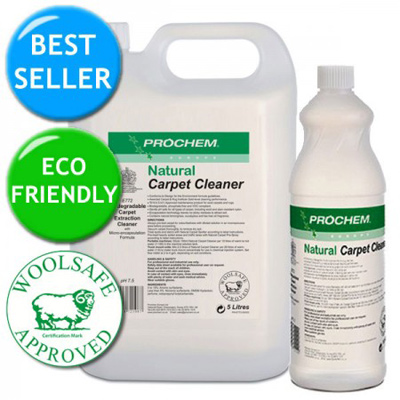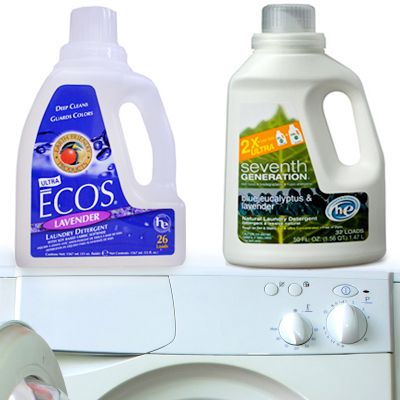For cleaning wood stoves columbus ohio follow the next instructions:
First you will need to assemble all of the tools along with other items you will have to clean the stove, as the following:
A drop cloth or newspapers to safeguard your floor.
Old newspapers or paper towels to completely clean and polish the glass.
Gloves to safeguard the hands while cleaning.
Small brush to brush away ash from stove parts.
Small ash shovel to scoop out the ashes.
Metal ash container to get the ashes set for disposal later. Using two is way better and produces a less strenuous job.
Wide putty knife or scraper to utilize on stubborn soot and creosote.
Spray bottle containing a vinegar, water, and soap solution, two parts water to 1 part vinegar with a squeeze of dish soap.
Dust mask to safeguard yourself from sucking in ash.
A fireplace ash vacuum is really a nice device to possess but isn't necessary. Don’t work with a household vacuum for this function. An adequately filtered shop vacuum could also be used.
Screwdriver, you might need a screwdriver to disconnect the very best from your own stove pipe so that you can fit the long handled brush in to the stove pipe to completely clean it.
Optionally, you might burn a wood stove cleaning log, or perhaps a chimney sweeping log, in your wood stove before cleaning it. Burning one of these brilliant wood stove cleaning logs can help loosen the creosote in your stove pipe which can make for easier cleaning with the brush.
Make certain the fire is totally out by waiting a couple of hours following the last embers have gone out. The optimum time to completely clean the stove is once the stove is totally cold therefore the creosote will chip off easier.
Follow the steps outlined below to completely clean your stove or simply hire a maid service:
1. Spread the drop cloth or newspapers on to the floor while watching wood stove to safeguard your floor. Open the air dampener on your own stove and open the entranceway therefore the firebox is easy to get at. In case you have a dampener on your own chimney as well, open that therefore the chimney brush can glide through by using it.
2. Utilize the small ash shovel and the ash container to scoop out the majority of the ashes from the within of the stove. Scoop the ashes out gently with the shovel and slowly move the shovel to the metal ash container, dropping the ashes gently in to the container in order never to stir up lots of fine dust. Important - Be sure to cover the ash can with a metal top and allow bucket of ash sit for at the very least 48 hours on a non flammable surface to make sure you can find no hot embers remaining once you get rid of the ash.
3. Remove any firebricks that could obstruct the chimney brush once you clean the stove pipe. Loosen creosote to fall onto underneath of the stove rather than somewhere else in the stove. If you discover a broken fire brick, replace it.
4. Now it's time to climb onto the roof to completely clean the stove pipe. (Obviously at your personal risk!) You will require an extended handled brush made designed for cleaning up stove pipes, make certain the diameter of the brush fits your stove pipe or you should have problems moving the brush along to loosen the creosote. A chimney brush this is the wrong size could even get stuck in the stove pipe, that is a hassle to eliminate.
5. Take away the top from the stove pipe, making use of your screwdriver to take action in the event that you must. Before putting this piece back on the chimney pipe, be sure to utilize the putty knife or scraper onto it to scrape off all developed creosote, out and inside.
6. Push your chimney brush in to the chimney pipe and move it along vigorously to loosen all of the developed creosote and soot in the pipe. The soot and creosote will fall to underneath of the stove in the firebox.
7. After cleaning the chimney pipe and replacing its top, you're done on the top. Get back to the firebox in the stove and scoop out all of the black creosote which includes fallen due to cleaning the stove pipe, place the debris in a metal ash can and cover with a metal lid. Don’t forget to displace the firebricks in the event that you removed them.
8. This is the time to employ a vacuum if you work with someone to clean the within of the firebox. Vacuum round the edges of the seal along with other small areas and ledges where ash has collected. In the event that you don’t have vacuum pressure work with a small brush to get this done job. Move the brush using short, light, gentle strokes in order never to stir up lots of fine dust. Brush the ash right into a pile and utilize the ash shovel with the brush, like everyone else would a broom and dustpan. If your stove includes a floor remove beneath the firebox, empty it in to the ash can.
9. After you have cleaned all of the ash out from the firebox to your satisfaction clean the ash off the seal on the entranceway. If you work with vacuum pressure, simply vacuum off the seal. Otherwise use your brush to completely clean the seal.
10. Last, in case you have glass on leading of one's stove door clean it as your last step. If the soot is made up heavily on the glass, you might want to purchase a cleaning solution that's made designed for cleaning the glass on a wood burning stove. The products will typically contain ammonia. If you opt to utilize the vinegar, water, and soap solution, spray the perfect solution is onto the glass, then wipe down the glass with newspaper or paper towels. Continue doing this many times rubbing the paper towel or newspaper vigorously to eliminate all the soot build up also to polish the glass. This task might need to be repeated many times and could take some elbow grease, but is really worth it to possess clean glass by which to see the dancing flames of one's fire.
Once you have cleaned the within of the stove, it is possible to clean outside also by wiping down the exterior surfaces together with your vinegar, water, and soap solution, which is effective on stoves with porcelain or powder coat finishes. In case you have a cast iron wood stove, work with a stiff brush and vacuum if available, instead of vinegar and water because liquid solutions have a tendency to leave streaks on black surfaces.
Also, if your stove has brass or metallic trim check with your owner’s manual regarding the best way to completely clean the trim. Metal and brass trim shouldn't be cleaned with flammable products (it’s a wood burning stove, obviously!) & most metal trim includes a clear coat finish so don’t clean them with whatever is too abrasive. Soaking a cloth in the vinegar solution can do it, also it they're not too coated with soot, a club soda soaked cloth can work. Always try minimal toxins available before moving onto other chemical cleaning products.
Chimney pipes are made from galvanized steel, stainless or black steel. The vinegar will continue to work well on these, but when you have a set (matte) black surface, immediately wipe it down completely with a dry cloth to avoid streaking.
In case you have a catalytic converter on your own wood burning stove, you will need to clean in addition, it through the cleaning process. Take away the cells of the catalytic converter, and dust the exterior of it lightly. It is possible to remove the cells utilizing a can of compressed air, or use pipe cleaners to gently take away the dust from each cell. Be cautious though, as you don't desire to remove the metal coating in the cells. Don’t use your air compressor because of this job if you don't can ensure surprisingly low pressure. Before you set aside the tools you have used during cleaning shake them gently to eliminate any fine ash which may be lingering in it.
Uncomfortable cleaning your wood stove on your own? it is possible to always hire a chimney sweep who'll execute a professional job and check your stove to ensure its operational safety. Or, hire a chimney sweep to completely clean your stove the very first time, even while watching what the chimney sweep does so that you can repeat the steps by yourself next time you clean your stove!
The biggest investment in stove cleaning equipment will likely function as chimney brush that you utilize to completely clean out the chimney pipe, if you don't also need it a hearth vacuum.
That’s all there's to wood burning stove maintenance. One last tip, be sure you keep a fire extinguisher near your stove, you won't ever know when an accidental fire might occur. Enjoy your fires and remain safe!
Clining tips
- Cleaning Tips




